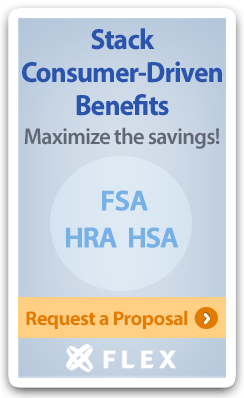Benefits Buzz
Risk Adjustment Payments Suspended

Many of you are familiar with the reinsurance fees that were charged to health insurance plans from 2014 to 2016, but you may not be as familiar with the risk adjustment program. The risk adjustment program was authorized under the Affordable Care Act (ACA). This permanent program is intended to protect against adverse selection and risk selection in the individual and small group markets (inside and outside of the Exchanges).
Adverse selection occurs when people who are most in need of healthcare purchase insurance, driving up premiums. When the ACA was being drafted, insurance companies were concerned about adverse selection because they would no longer be able to use medical underwriting when determining eligibility for coverage.
Risk selection occurs when insurance companies try to avoid enrolling people with high medical costs into coverage, driving down premiums. When the ACA was being drafted, lawmakers were concerned insurance companies might structure their drug formularies or plan designs so that they were less attractive to higher risk individuals.
These concerns ultimately resulted in the creation of the risk adjustment program under the ACA. The risk adjustment program redistributes money from plans with lower-risk enrollees to plans with higher risk enrollees (whether related to adverse selection, risk selection, or both). If you’re an insurance company with a healthy risk pool, you’re paying into the risk adjustment program. If you’re an insurance company with an unhealthy risk pool, you’re collecting from the risk adjustment program.
The Centers for Medicare and Medicaid Services (CMS) was expected to make $10.4 billion in payments under the risk adjustment program to eligible insurance companies based on 2017 enrollments, but they recently announced the payments have been suspended. According to CMS and other officials in the Trump administration, the payments have been suspended because of a court ruling made in New Mexico earlier this year. The ruling by a federal judge found the formula that CMS uses to make payments under the risk adjustment program to be flawed.
The ruling only impacts risk adjustment payments for the years 2017 and 2018. CMS crafted a new formula for 2019 and future years. Critics of the suspension have suggested CMS could issue an interim final rule which takes effect immediately, using a formula similar to that which will be used in 2019 and allowing for immediate payment of the funds. However, Seema Verma, CMS Administrator, has stated CMS cannot make payments until the litigation is resolved.
The suspension of the payments comes at a volatile time. Insurance companies are starting to file their rates for 2019. Without a quick resolution to the risk adjustment payments, insurance premiums may rise even more than originally expected. Many states are already looking at another round of double-digit increases. It’s not clear how much more premiums will rise if the risk adjustment payments aren’t quickly restored.
Do you have questions about the Affordable Care Act? Ask the Expert!

